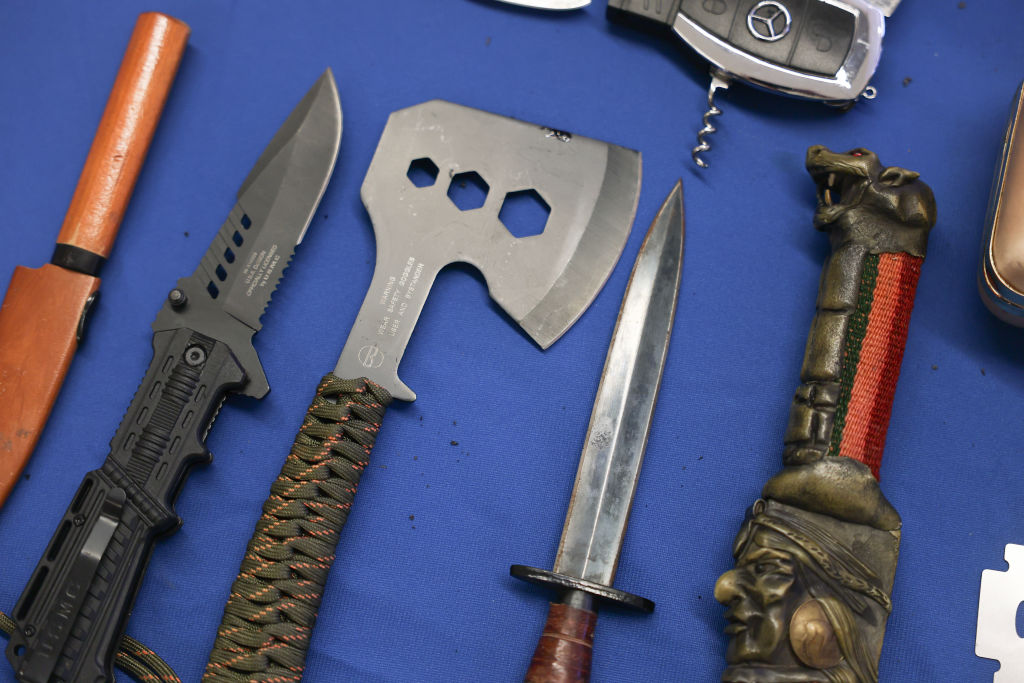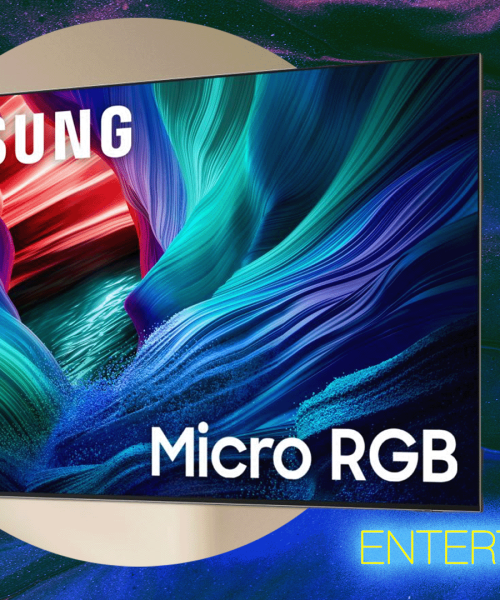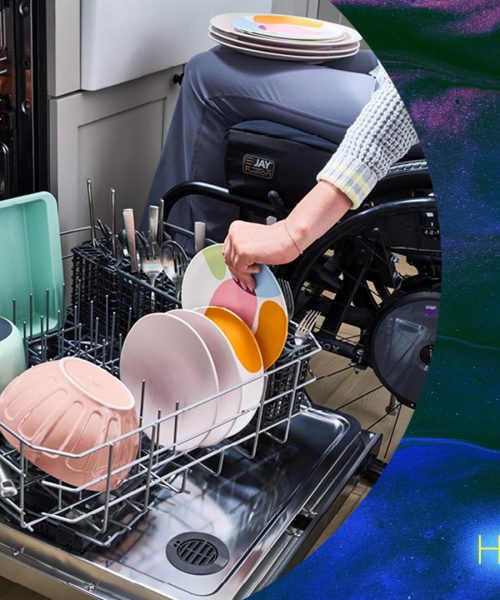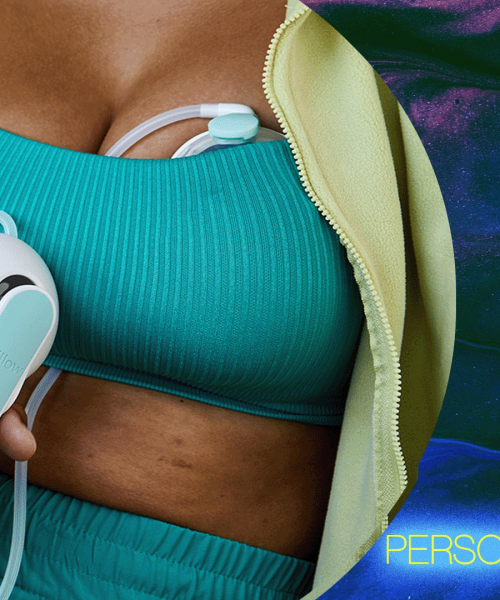Despite the best of intentions, travelers aren’t always in the clearest headspace when making a mad dash to the airport. So although we theoretically know the rules, plenty of passengers have a story of a Transportation Security Administration (TSA) officer spotting something mortifying in their carry-on. The snafus range from embarrassing—a buzzing vibrator that sounds like a potential bomb threat—to stressful—cannabis products purchased legally, then accidentally carried into a state or country where they carry criminal charges.
Some of these prohibited items seem pretty obvious, but others beg the question, How the heck did they know that was in there? If you’ve ever caught a glimpse of the squiggly, multicolored visual display on the X-ray scanner as you trudge to the body scanner, you may have found yourself wondering exactly how much information the Transportation Security Officers (TSOs) can decipher from it.
A lot, as it turns out. If you have a pile of money or a container of pills in there, they’re gonna know. Ditto any electronics or, more importantly, any items sneakily hidden inside of them.
That’s a good thing, since TSA agents pick up a whole lot of hazardous stuff, including knives, guns, and explosives. “Prohibited items brought to checkpoints add up to hundreds of pounds a year at smaller airports to as much as 2,000 pounds or a ton per month at the largest airports,” says a TSA spokesperson. According to the administration, last year the government agency screened more than 2 billion carry-on bags and 494 million checked bags. Here’s how they did it.
Related Aviation Stories
How it works
Since 2002, when the TSA leveled up in the wake of September 11, virtually all agents have relied on Computed Tomography (CT) systems. “CT is a proven and highly effective screening technology that is widely used in the medical field,” says a TSA Spokesperson.
Essentially, a TSA CT X-ray scanner sends low doses of X-rays through your luggage, which pass through the different materials at different rates. So the scanner can tell if there are metals, liquids, or even organic materials in there.
“CT technology applies sophisticated algorithms and creates three-dimensional images by gathering hundreds of pictures with an X-ray camera spinning around the items,” says a TSA Spokesperson. “The images can be rotated 360 degrees on three axes, allowing for more detailed visual analysis by Transportation Security Officers and the detection of a broader range of threats without having to open the bag.”
Although the basic concept has remained the same, the tech is vastly more sophisticated these days. That’s a big part of why this year the TSA finally decided to let travelers keep their stinky feet shod while going through security. In fact, the newer models of CT scanners are so adept at reading your luggage that you can safely leave your laptops in your carry-on. Some can even tell if the liquids in your luggage contain explosives. While those aren’t widely available yet, there’s hope in the future that we might finally be able to fly with normal-sized shampoo again.

What they find in there
“TSA officers encounter everything from fireworks and replica grenades to snakes and literal kitchen sinks,” says a TSA Spokesperson. “Knives, martial arts items and large tools are among the most common items.”
Some of the finds are so outlandish that the TSA started pulling together an annual roundup on their official YouTube channel. For instance, last year, a passenger at Chicago Midway International Airport tried to hide a vape in a tube of toothpaste. In 2023, passengers tried to smuggle a knife in a loaf of bread and a DIY explosive in a soda can. And in 2022, drug mules got creative by putting narcotics in hair scrunchies and Fentanyl in candy.
While ninja throwing stars (yes, really) and pipebombs are obviously out, it’s always a good idea to check the TSA’s guidelines if you’re not sure about a particular item.
Even if you mess up and throw your full-sized skincare routine in your carry-on, don’t stress too much. Agents don’t actually confiscate most prohibited items, so unless you’re channeling Walter White or Tony Montana, you have a good chance of hanging onto them. You’re generally allowed to hand items to a friend or family member at the airport who isn’t boarding with you. Alternatively, you can usually go back to the ticket counter and ask to put it in your checked luggage.
Oh, and it’s an urban myth that TSA officers swipe the fancy bottle of Scotch you bought on the trip for themselves. The majority of the items surrendered (or just forgotten) at airport security actually wind up in a state-sponsored auction on GovDeals.com. Think about it this way: If you’re still mad about losing your favorite shampoo, you can score some terrific deals on everything from kitchen knives to Macbooks. It’s like the airport security circle of life.
This story is part of Popular Science’s Ask Us Anything series, where we answer your most outlandish, mind-burning questions, from the ordinary to the off-the-wall. Have something you’ve always wanted to know? Ask us.






